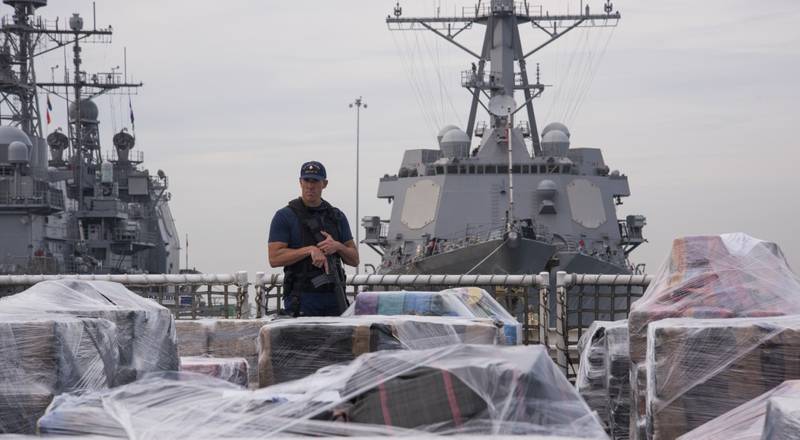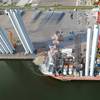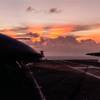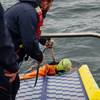The U.S. Coast Guard marked the end of a record year in counterdrug operations as the crew of Cutter Waesche from Alameda, California, offloaded more than 39,000 pounds of cocaine in San Diego Thursday, October 27.
The Coast Guard and its interagency partners removed more than 416,600 pounds of cocaine worth over $5.6 billion in Fiscal Year 2016, which ran from Oct. 1, 2015, to Sept. 30, 2016. The service’s previous record was 367,700 pounds of cocaine removed in Fiscal Year 2008.
“This impressive record not only reflects the extraordinary accomplishments of the men and women of the U.S. Coast Guard but the continued threat our nation faces from transnational criminal organizations determined to move drugs into our country by any means necessary,” said Homeland Security Secretary Jeh C. Johnson.
Coast Guardsmen also apprehended 585 suspected drug smugglers in Fiscal Year 2016, which is also a new record for the service, up from 503 suspected drug smugglers in Fiscal Year 2015. Of those apprehended, 465 were transferred to the U.S. for prosecution, another service record.
“These prosecutions erode and undermine the supply channels critical to the operations of drug kingpins who prey on our citizens with highly addictive drugs and spread violence throughout our hemisphere,” said Vice Adm. Fred Midgette, commander, Coast Guard Pacific Area. “From 2002 to 2011, information obtained from suspects apprehended by the Coast Guard contributed to the arrest and extradition of more than 75 percent of drug kingpins.”
The crew of the Coast Guard Cutter Waesche offloaded more than 39,000 pounds of cocaine worth over $531 million, which came from some of the Coast Guard’s final interdictions in Fiscal Year 2016. Inall, the crew turned over narcotics from 25 separate busts that occurred in the Pacific Ocean off the coasts of Central and South America.
The Coast Guard surged assets, including cutters and personnel, to known drug transit zones in 2014 as part of its Western Hemisphere Strategy. This surge is aimed, in part, at combating the threat of transnational organized crime networks responsible for increased violence and instability in the Western Hemisphere. The gangs, cartels and other illegal organizations throughout the Western Hemisphere that make up these transnational organized crime networks have reach and influence throughout South, Central and North America.
The Coast Guard conducts counternarcotics operations as part of a U.S. government effort to dismantle transnational organized crime networks. These efforts include Joint interagency Task Force South, which is a national task force that executes detection and monitoring of illicit trafficking across all domains; Eleventh and Seventh Coast Guard Districts in Alameda and Miami, respectively, which coordinate the interdiction and seizure of the narcotics and suspects; and numerous U.S. Attorneys’ Offices that coordinate the investigation and prosecution of drug smuggling cases.
















